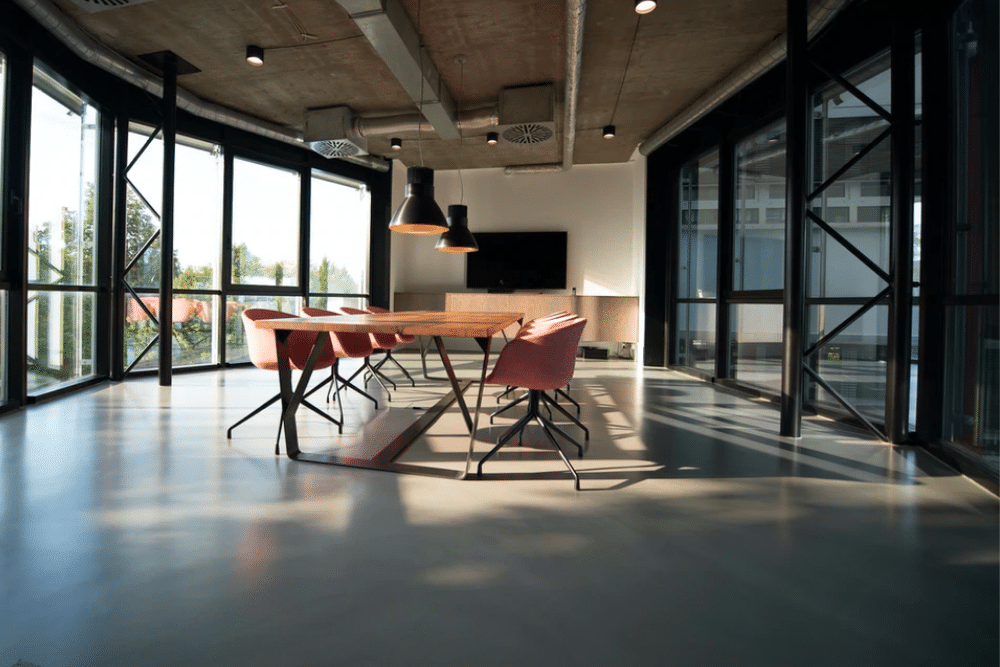Video Conferencing is here to stay
Paul Skelton's report continues on the importance of audio in today's widespread use of remote calling, and how conference calling will continue to be important in a post-COVID world.
A new normal
Ryan Root says he is preparing for a brave new world of video conferencing once the pandemic is over.
“I think video conferencing is going to be used a lot more once we go back to normal life, whatever ‘normal life’ will look like in the future. One big reason for that is that people are becoming increasingly comfortable with using video conferencing technology.
I’m trying to educate people so that the minute they get back into the office they are prepared and have everything in place to start off strongly.”
Stem Audio – a subsidiary of PAT – is distributed in Australia by Madison AV. It is a flexible and customisable ecosystem of conferencing products that allow an integrator to design a system online before acquiring any product.
“With our systems, integrators can install a lot more rooms a lot quicker,” Ryan says. “Sure, maybe you’re not getting paid for programming – but you are getting paid for perhaps twice the number of rooms. The main mission of ours is to make something that anyone can install in their room. So the system needs to be very easy to understand.
With many other systems on the market you have to be trained in how to install them. Hours of certification are involved, and you then need an external DSP that you also have to program. Stem’s systems require only one RJ-45 Category 6 cable to get them up and running.”
Ryan says Stem’s systems thrive when it comes to audio quality.
“Stem Audio devices have built-in DSPs. Our audio processing is key – you need it to achieve good quality audio output.
“The other key factor is the number of microphones. This is why Stem Audio products have a lot more microphones than most other devices on the market.
“In the large conference room in our office, we have installed a Stem Ceiling, Stem Table and a Stem Wall. Together that’s 124 microphones in just one room, and that is fairly standard for a Stem system.”
The importance of design
According to Chris Fitzsimmons, a minimum level of quality is required for a room to work, and that comes down to thoughtful budgeting, product placement and room design.
“It’s not just about how much you spend on the gear; it’s about how much time and effort you spend making it sound good,” he says.
“There are basic things. If there’s a bunch of reflective surfaces, have you placed the microphone in a sensible position in the ceiling or on the table? Are there enough loudspeakers to make the space easily understood by the participants?
“You also need to ask which gear you are going to buy. How are you designing the space? What are you considering? What are my problems? Have I got HVAC noise to deal with? Is this particular kind of microphone going to be suitable?
“Designing audio for conference rooms can be tricky – not something I would recommend just bouncing into.”
Should you want to learn more about conferencing system design, Biamp has made available a wide selection of online resources.
“You can be trained on anything from basic acoustics to echo cancellation, programming our systems, video, and VoIP.
“We have a new training program specifically on conference rooms, covering everything you need to know when setting one up.”
Interested in hearing more from the AV industry? Simply click here to subscribe to the Convergence newsletter and receive AV news straight to your inbox every month.
-
Stay up to date with the latest news, industry insights and Integrate updates.
- Subscribe

